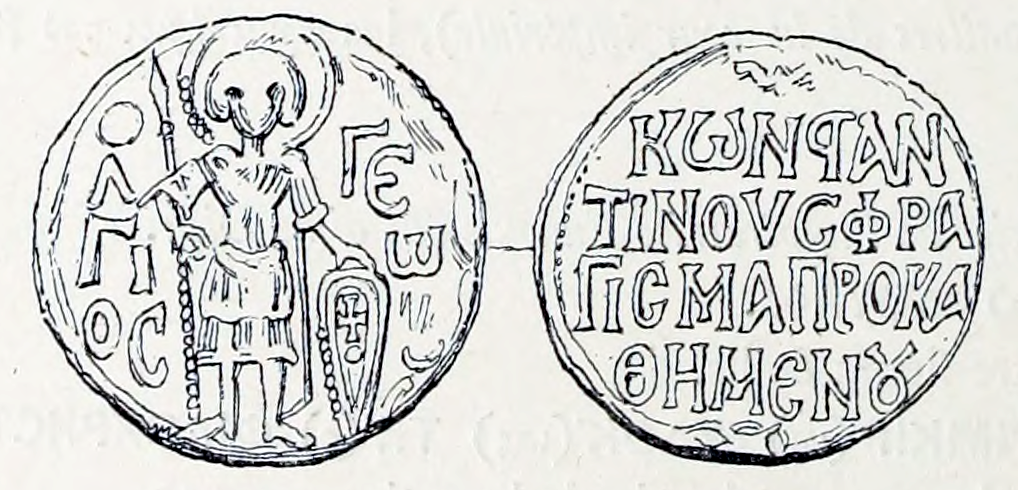prokathemenos on:
[Wikipedia]
[Google]
[Amazon]
 ( gr, προκαθήμενος, , the presiding one) is a Greek term for a president or chairman.
In the
( gr, προκαθήμενος, , the presiding one) is a Greek term for a president or chairman.
In the
 ( gr, προκαθήμενος, , the presiding one) is a Greek term for a president or chairman.
In the
( gr, προκαθήμενος, , the presiding one) is a Greek term for a president or chairman.
In the Byzantine Empire
The Byzantine Empire, also referred to as the Eastern Roman Empire or Byzantium, was the continuation of the Roman Empire primarily in its eastern provinces during Late Antiquity and the Middle Ages, when its capital city was Constantinopl ...
, the term appeared in a technical use during the 12th century. In the central administration, the of the (state courts) is attested since 1166. This was one of the four highest tribunals of the Komnenian period
The Byzantine Empire was ruled by emperors of the Komnenos dynasty for a period of 104 years, from 1081 to about 1185. The ''Komnenian'' (also spelled ''Comnenian'') period comprises the reigns of five emperors, Alexios I, John II, Manuel I, A ...
, along with those headed by the , the , and the .
In 1186, a of the (the financial bureaux) is recorded as being charged by Emperor Isaac II Angelos
Isaac II Angelos or Angelus ( grc-gre, Ἰσαάκιος Κομνηνός Ἄγγελος, ; September 1156 – January 1204) was Byzantine Emperor from 1185 to 1195, and again from 1203 to 1204.
His father Andronikos Doukas Angelos was a ...
with collecting fines from those who disobeyed one of his chrysobulls. The modern historian Ernst Stein Ernst Edward Aurel Stein (19 September 1891, in Jaworzno – 25 February 1945, in Fribourg) was an Austrian-Jewish Byzantinist and a historian of Late Antiquity.
Ernst was the son of Ernst Eduard Stein and Henrietta Rosalie (née Hein) and the ...
proposed to identify this office with the of the , but this is conjectural.
In addition, from the 12th century on, and particularly during the 13th and 14th centuries, the term was used for the governors of individual towns. Stein again suggested that these were civilian governors, while the garrison was commanded by a . In the ''Book of Offices'' of pseudo-Kodinos
George Kodinos or Codinus ( el, Γεώργιος Κωδινός), also Pseudo-Kodinos, ''kouropalates'' in the Byzantine court, is the reputed 14th-century author of three extant works in late Byzantine literature.
Their attribution to him is mere ...
, written shortly after the mid-14th century, the existence of for the imperial palaces, as well as of the imperial bedchamber () and the imperial wardrobe ().
See also
*Praeses
''Praeses'' (Latin ''praesides'') is a Latin word meaning "placed before" or "at the head". In antiquity, notably under the Roman Dominate, it was used to refer to Roman governors; it continues to see some use for various modern positions.
...
* Primicerius The Latin term ''primicerius'', hellenized as ''primikērios'' ( el, πριμικήριος), was a title applied in the later Roman Empire and the Byzantine Empire to the heads of administrative departments, and also used by the Church to denote t ...
* Proedros
''Proedros'' ( el, πρόεδρος, "president") was a senior Byzantine court and ecclesiastic title in the 10th to mid-12th centuries. The female form of the title is ''proedrissa'' (προέδρισσα).
Court dignity
The title was created in ...
References
Sources
* * {{Byzantine offices after pseudo-Kodinos Byzantine administrative offices